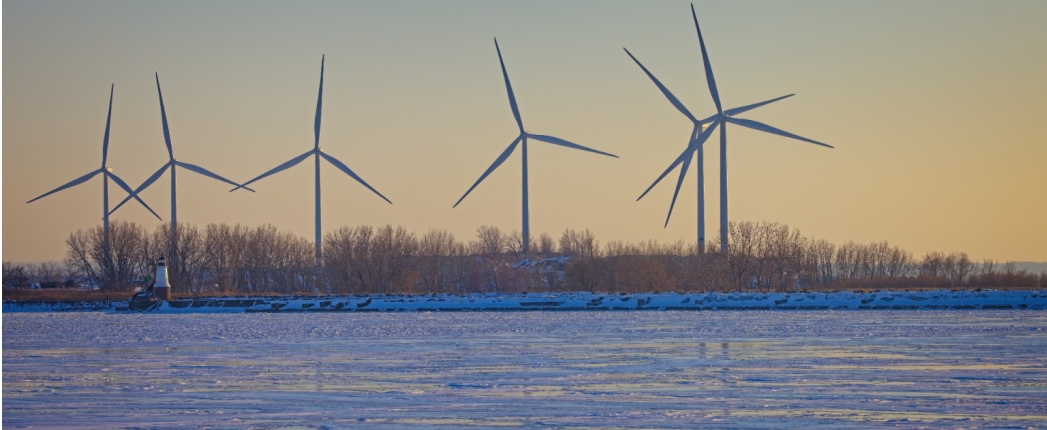
The United States wind energy industry completed projects that brought 8,612 megawatts of new capacity online last year, a 32% decline from 12,747 MW in 2021 and the lowest level the industry has experienced since 2018, according to a market report by a national trade association that represents the renewable energy industry in the U.S.
“Notably, this was expected, largely due to the declining value of the Production Tax Credit available to wind,” the association said in a press release. According to the U.S. Energy Information Administration, the timing and magnitude of wind turbine installations in the United States are often driven by tax incentives. The U.S. production tax credit, a per-kilowatt hour credit for electricity generated by eligible renewable sources, was first enacted in 1992 and has been extended and modified in the years since.
Wind capacity growth had surged to an all-time high of 16,913 MW in 2020.
Land-based wind power in the project pipeline amounted to 20,811 MW at the end of 2022, 13% less than 23,968 MW at the end of last year. Texas led with 3,747 MW in development. Wyoming and Illinois each account for more than 10% — about 2,080 MW of the land-based wind pipeline. Twelve states have more than 500 MW of land-based wind in development.
The average size of project phases installed last year rose to 363 MW, a 16% increase from 312 MW in 2021.
Nearly 11 GW of land-based wind capacity has experienced delays, slowing the rate of installations, the association noted, adding that it’s due in part to supply chain constraints and grid interconnection issues.
States continued to lead the way in offshore wind activity. Ten states have combined to set offshore wind procurement target totaling more than 74,000 MW. Announced in October, Rhode Island’s latest request for proposal – set to close on March 13 – calls for 600 MW to 1,000 MW of offshore wind, with potential to meet at least 30% of the state’s estimated 2030 electricity demand. The New Jersey Board of Public Utilities released a draft solicitation guidance document for public comment. The draft includes an updated offshore wind solicitation schedule reflecting the state’s new goal of 11 GW. The request for proposal is expected to be released in the 1st quarter this year.
Gear oil accounts for the highest volume of lubricants used in wind turbines, followed by hydraulic fluids and greases. Gear oil is used for the majority of wind turbine gearboxes, though they aren’t needed in some newer direct drive turbines. Hydraulic fluid goes in wind turbine hydraulic systems that control the pitch – the angle of the blades in relation to the wind. Grease is applied in several wind turbine locations: the main rotor shaft bearing; the yaw bearing, pitch or blade bearings; pitch drive gears; and generator bearings.